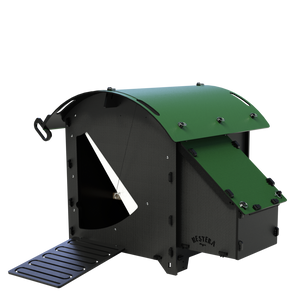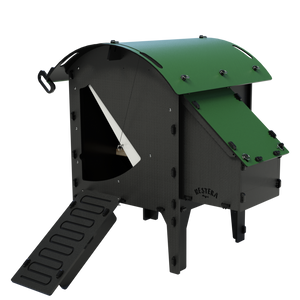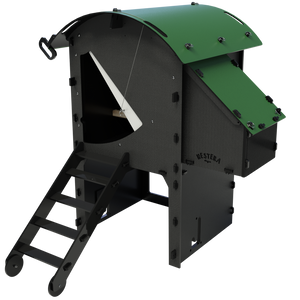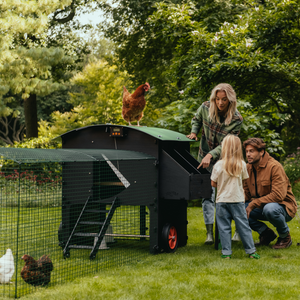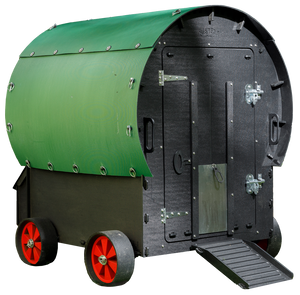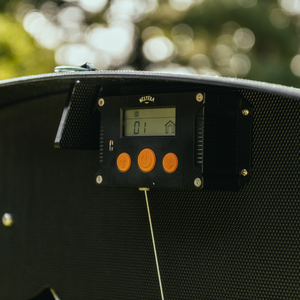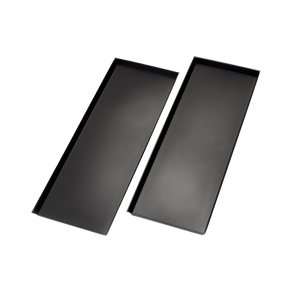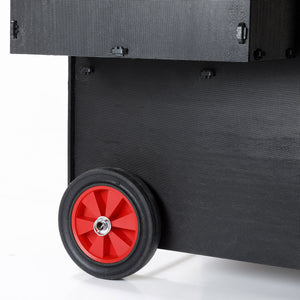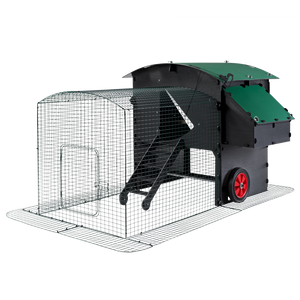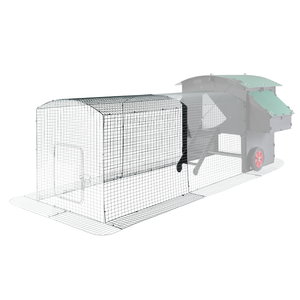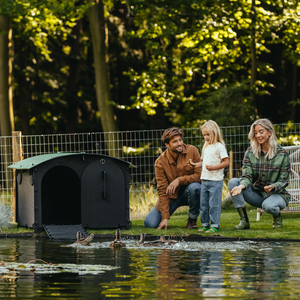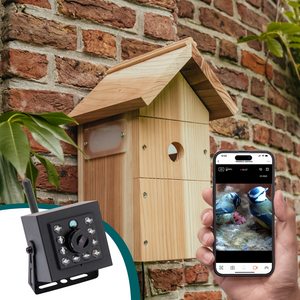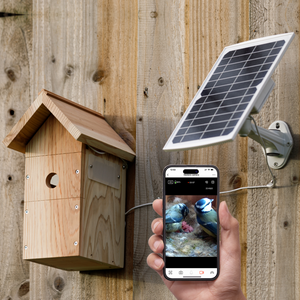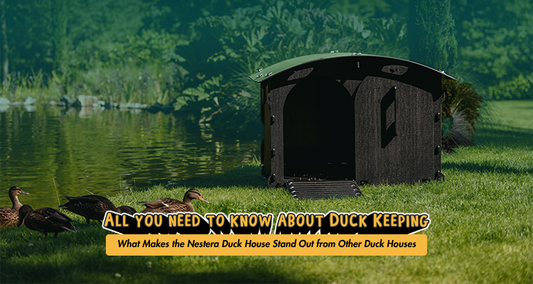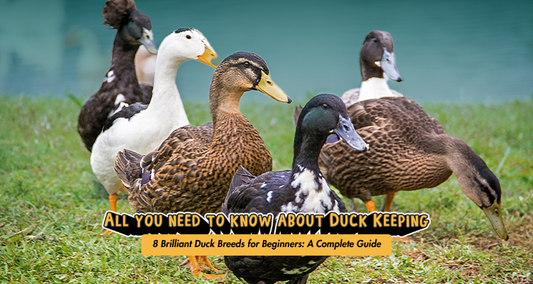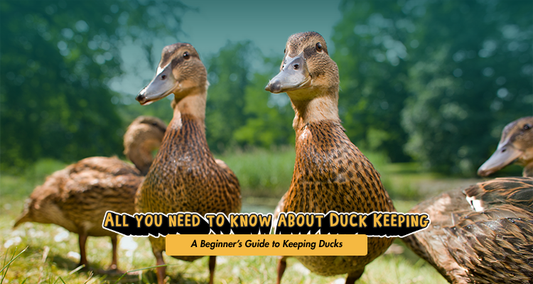We’re sure you’ve already noticed but eggs are not the only thing to come out the back of a chicken! Some ‘deposits’ can worry owners, so here’s a quick run down of common and rare things you might see and what you should do about it.
(WARNING: THE IMAGES USED IN THIS BLOG MAY BE UPSETTING FOR SOME VIEWERS)
-
Eggs streaked with blood
This is very common in young pullets who are just starting to lay. The oviduct stretching can cause small blood capillaries to tear. If the hen seems well and there is no blood around the vent, nothing needs to be done.

-
Dark colored poo with a white ‘cap’
Normal, healthy chicken poo can vary in size depending on the breed. The color can also vary depending on the diet, greener after eating grass for example. The white capping is the urine element. Birds don’t urinate liquid like mammals do. If the poo is well formed, all is well.

-
‘Caecal’ poo
Chickens have two caecal (see-kel) sacks or pouches that are part of their digestive system. These are emptied a few times a day. The caecal deposits can be slimy, mustard or brown in colour and are really smelly. Many keepers see these deposits and falsely believe their birds have diarrhoea. It’s perfectly normal and there is no need to worry.

-
Worms
If chickens are kept on the same ground for an extended period of time they can develop worms. They are many different types and some are visible to the naked eye which can be seen in their poo. Most worm infestations are treated with special worm powder such as Flubenvet. You can also buy layers pellets with Flubenvet in them. This is fed exclusively for one week to treat the burden. Some people use Apple Cider Vinegar or Vermex preventatively instead.
-
Lash Egg or Salpingitis
These are not common but you can find something in the coop or run that is ‘meaty’ looking. This is a lash egg caused by bacteria or a virus. It can contain egg white, yolk, shell and membrane, ovarian material, blood and waxy pus. This is caused by infection in a hen’s oviduct. Sometimes the lash egg contains all the infected tissue and once it’s passed the hen carries on as normal. Unfortunately it can signify something more serious and ongoing, in which case you will need to consult a vet.

-
Vent Gleet
This is a fungal infection similar to thrush which can occur for many reason and can be spread by a cockerel. The tell tale sign is feathers below the vent looking wet and covered in a pasty deposit. There is usually a strong smell too. An effective home remedy is soaking your hens bottom in warm salty water to clean and sanitise the area. You may need to change the water a few times. Liberally apply an anti-fungal cream to the raw skin and just inside the vent. If signs persist, please consult a vet.

-
Prolapsed Vent
Very occasionally a hen will lay a large egg and her vent will prolapse. This can also be caused by obesity in older hens or young hens laying too early. A dark bulbous mass will be protruding from her rear end. Obviously this needs to be treated as a matter of urgency. Other hens in the flock will be keen to peck the area which will bleed profusely and often leads to death. If you find a hen with a prolapse, clean the area with warm salty water, gentle dry and apply a disinfectant spray. Using a sterile gloved hand, gentle push the mass, back inside. Keep the hens isolated in a dark box or crate, to deter laying, with food and water. It can be difficult for even a skilled vet to treat but if the prolapse re-occurs after the hen has stopped laying, consult a vet. Some keepers have used an implant to prevent eggs forming which can solve the issue but it’s not a cheap solution as the implants must be replaced.
That's why it's important to give your flock the care and comfort they need and deserve - and our coops offer nothing short of that! We believe our coops are truly the chickens' choice, because your girls will be in a comfortable and secure environment free from red mites and rot. Check out our full range here.

